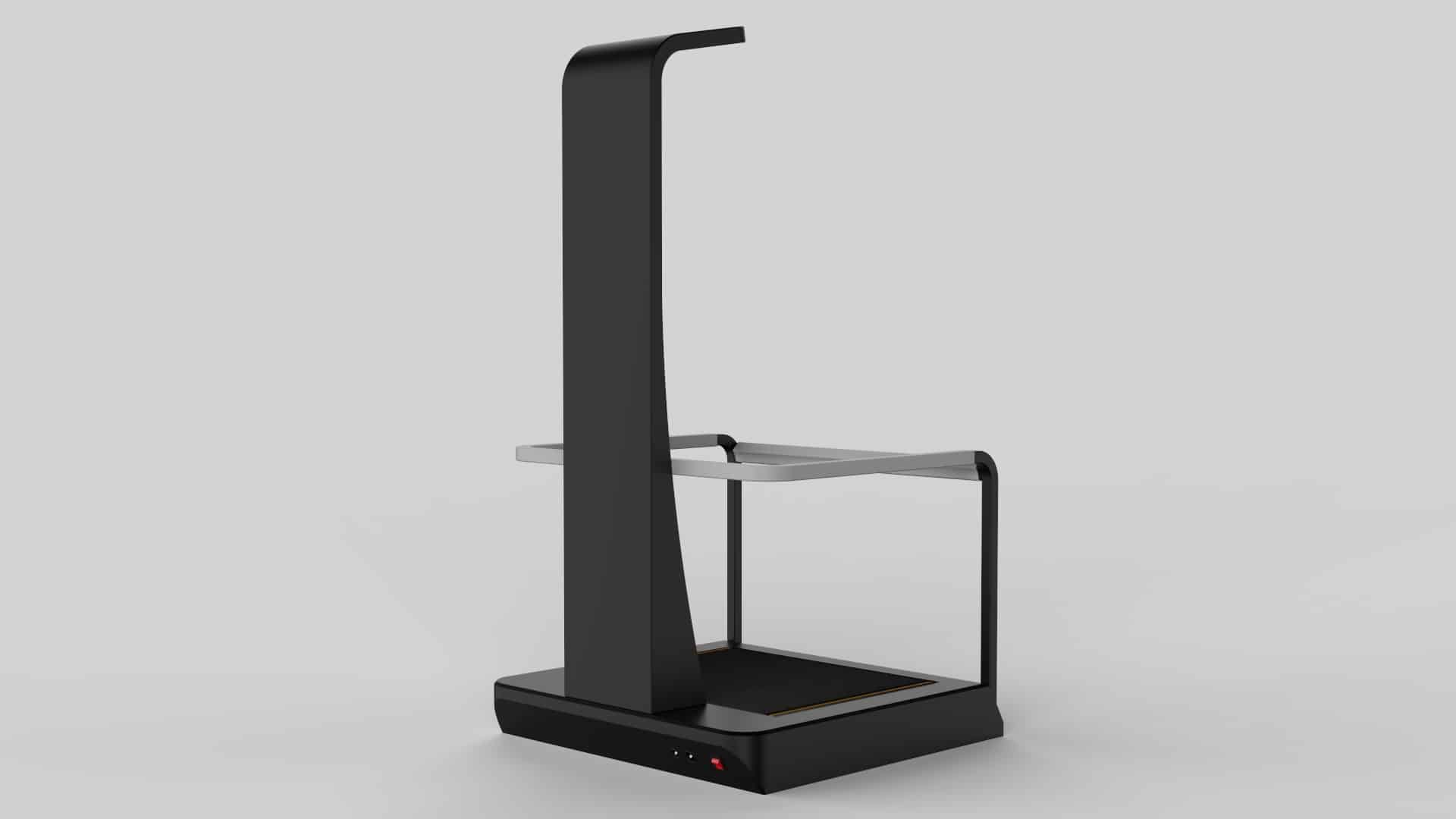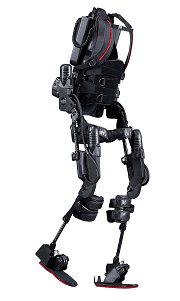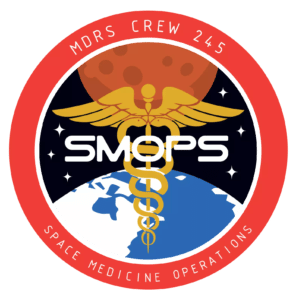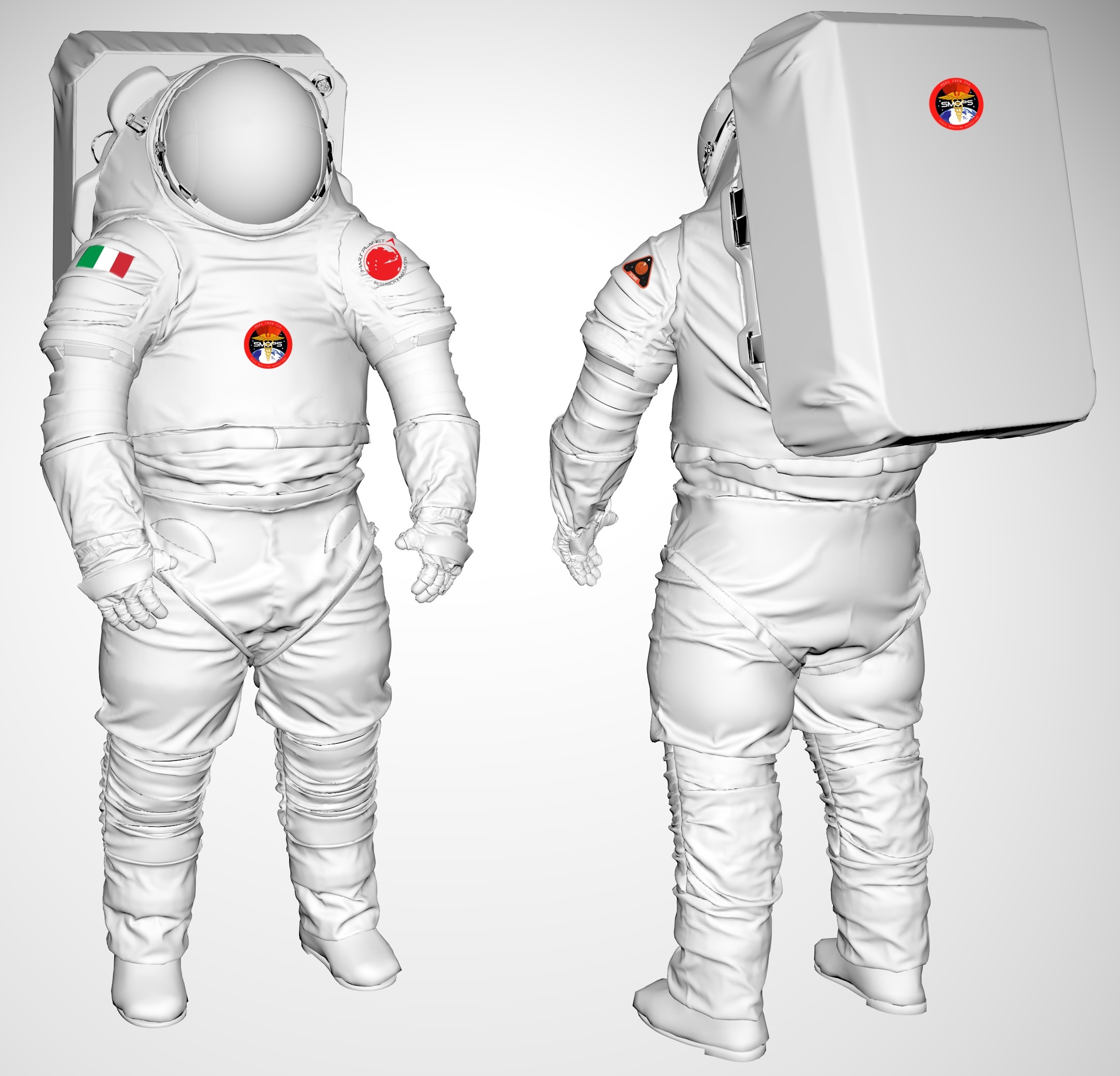
MOTIGRAVITY
Motigravity is a treadmill for virtual reality used to simulate the human exploration of Mars, the Moon, and other space environments. In addition to allowing 360 degrees of movement, Motigravity can also affect the low gravity environment as found in various space environments. These include EVA (Extra-Vehicular Activity) carried out by astronauts. The treadmill simulates the movement of astronauts at the different levels of gravity on several terrains and space surfaces thanks to a library of explored Space regions. Although designed specifically to simulate space simulations, Motigravity can also be applied to medicine, sports, games, and STEM/Education, since it is equipped with software specially developed for each of these applications. Lifting and harness systems consisting of hardware and sensors enable the simulation of the movement of users in low gravity also to software, which simulates and recognizes the primary human senses like touch, smell, sound, cerebral activity. Medical Applications For the medical sector, the tool is equipped with specific software to help patients in the rehabilitation of stroke, multiples sclerosis, behavioral diseases, sleep deprivation, anxiety treatment.

MARS-EXOS
In space research, there is an urgent need for innovative systems that can help astronauts during their activities, such as the Extra-vehicular ones, which are all strongly influenced by reduced gravity. The objective of the project is to integrate an exoskeleton in the simulation of space operations carried out by astronauts in space stations located on Moon/Mars.

SMOPS:WWW.SMOPS.SPACE
SMOPS is an analog mission that we have carried out in April 24th 2022, at the MDRS (Mars Desert Research Station), a research facility owned and managed by The Mars Society in the Moab desert, Utah, USA. For two weeks in isolation, our analog astronauts have tested different technologies and operational scenarios in space medicine, in preparation for future human missions to Mars. The conditions offered by the MDRS are in many ways similar to the ones that can be found in a possible Mars habitat: desertic environment, crew isolation, spacesuit simulators for external activities, limited living spaces and resources (water and food), local energy (solar panels), and food production (greenhouse). These conditions will allow analog astronauts on Earth to simulate, as best as possible, the difficulties that human crews will face on the martian surface.For further information visit www.smops.space

SPACE SUITS AND BIOMONITORING
Space suit simulators are a necessary element of analogue space research, because they can increase the degree of fidelity of simulations and they pave the way for space suit technology development. In the frame of space suit and biomonitoring research, the SMOPS crew has tested both the BG space suit simulator prototype, produced by Mars Planet, and a pair of sensorised smart shoes. Both experimental technologies include several sensors able to measure the crew’s health conditions and the surrounding environment. Moreover, the health parameters of crew members will also be continuously monitored thanks to the Astroskin biomonitor. Such wearable biomonitors include integrated sensors designed to measure the body activity, heart rate, blood pressure and body temperature.
MARS CITY will be the final result of a series of projects already under development.

